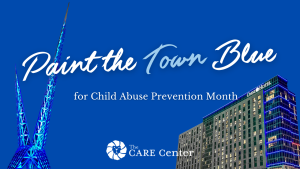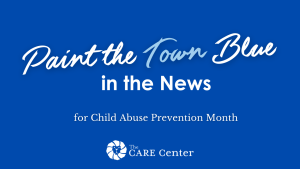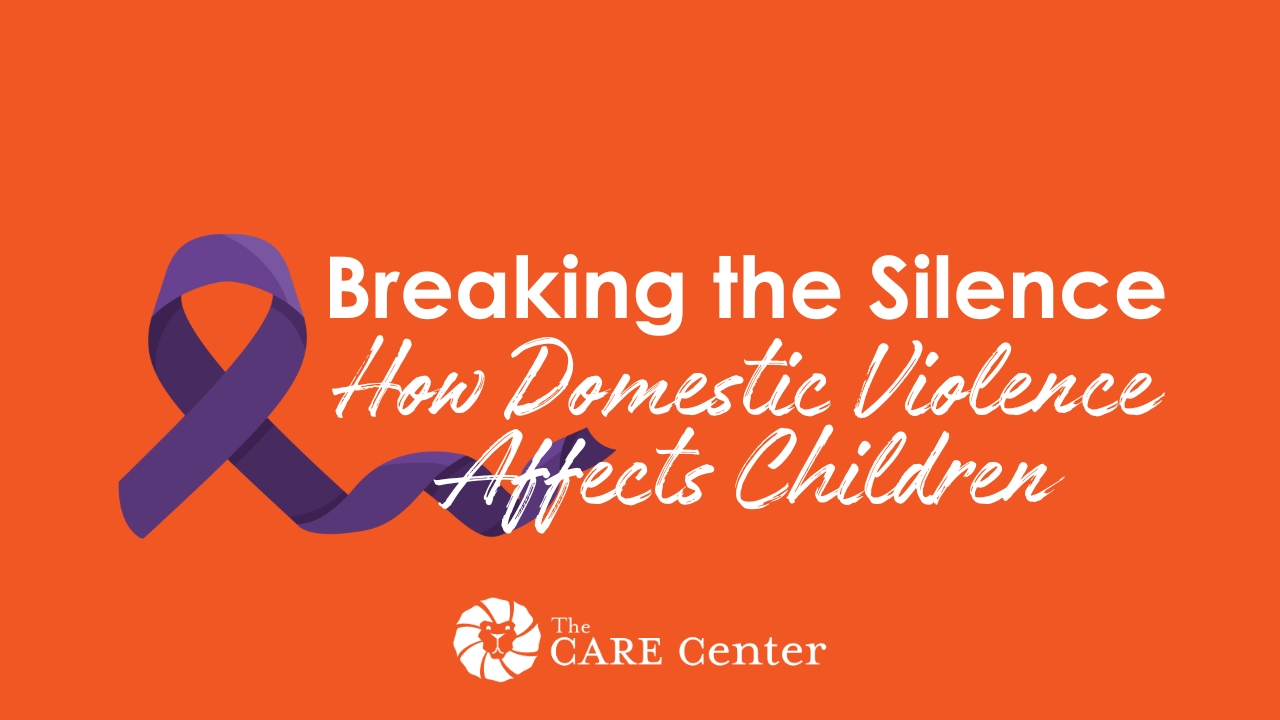
Every year, millions of children witness violence in their own homes — the place that should feel safest, but awareness and early support can change that. Domestic violence is not limited to physical harm; it also includes emotional, psychological, and verbal abuse that leaves lasting trauma.
While most conversations about domestic violence focus on adult survivors, the impact of domestic violence on children often remains unseen. These young witnesses carry invisible wounds that can shape their emotional, social, and psychological development for a lifetime.
Protecting Hidden Victims: Children in Violent Homes
When domestic violence occurs, children are never just bystanders. Even if they are not physically harmed, children witnessing domestic violence between parents or caregivers profoundly affects their sense of security and self-worth.
Globally, millions of children live in homes where abuse happens. In the United States alone, it’s estimated that 1 in 15 children are exposed to intimate partner violence each year — and 90% of them directly witness the abuse.
Despite these staggering numbers, many children suffer in silence. Fear, shame, confusion, and loyalty to family members often prevent them from reaching out for help. Their quiet endurance hides the immense emotional burden they carry.
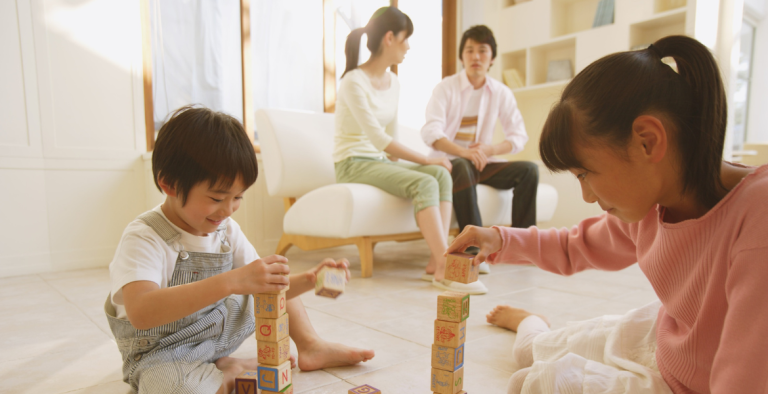
Emotional and Psychological Impact
The psychological toll of growing up in a violent home begins early and can last well into adulthood.
In the short term, children may experience intense fear, anxiety, nightmares, and emotional withdrawal. They may feel constantly on edge, never certain when the next outburst will come.
Over time, these experiences can lead to depression, post-traumatic stress disorder (PTSD), low self-esteem, and difficulty trusting others.
One of the most tragic effects is the cycle of domestic abuse . Research shows that children who grow up in abusive homes are three times more likely to repeat the cycle in adulthood — either as victims or perpetrators. Early recognition and intervention are essential to breaking that pattern.
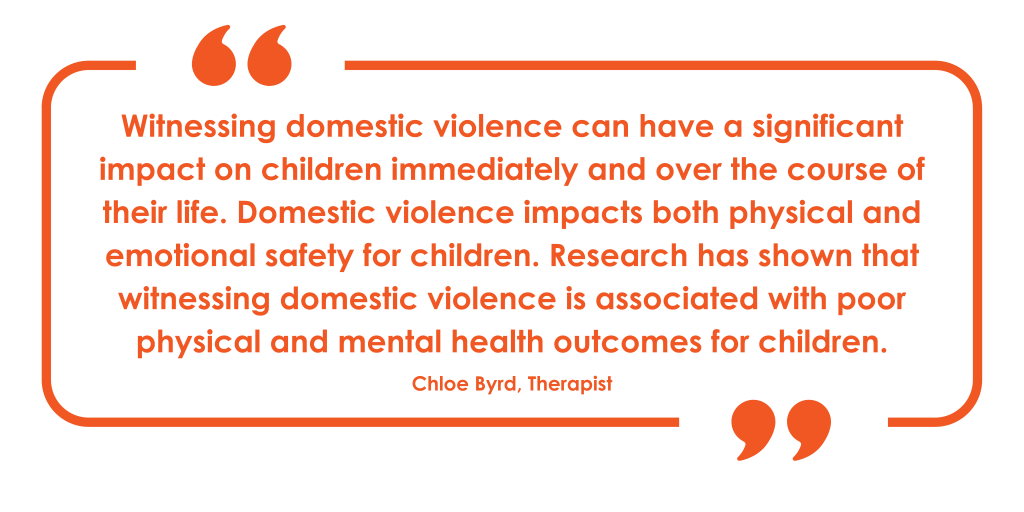
Behavioral and Social Consequences
The classroom often becomes the first place where trauma shows. The long-term effects of domestic violence on children extend far beyond the home. In school, children may struggle to focus, act out, or withdraw completely. Teachers might see declining grades or sudden behavioral changes without realizing the trauma behind them.
Socially, these children often have difficulty forming healthy friendships or setting boundaries. They may replicate aggression, avoid closeness, or feel unworthy of love and acceptance.
As they grow older, unresolved trauma can manifest in risky behaviors such as substance use, aggression, or self-harm.
Recognizing and Responding Safely
Responding to the signs of trauma in children can be life-changing — even life-saving.
Teachers, relatives, neighbors, and community members all play vital roles in identifying and supporting children affected by domestic violence. Warning signs can include sudden changes in mood or behavior, fearfulness around certain adults, unexplained absences, or an unusual awareness of conflict at home.
Safe intervention starts with awareness. Creating trusted spaces — in schools, counseling offices, and community programs — gives children the chance to share their experiences without fear of judgment or punishment.
At The CARE Center, we offer Protect and Prevent, a training program that empowers adults to recognize the signs of abuse and identify when children may be living with domestic violence. This training equips participants with the tools to respond compassionately, in a timely manner, and ensure that no child faces violence alone.
If you’re ever uncertain about what to do, remember: expressing concern and listening without judgment can be the first step toward safety and healing.
Schedule Your Protect & Prevent Training Today!
Protect & Prevent is an interactive child abuse prevention training for teachers, parents, professionals, and volunteers who work directly with children. Participants learn the signs, symptoms, and effects of abuse as well as how to respond and report suspected child abuse in a safe way.

If you suspect abuse or need help
If you believe a child is experiencing abuse, neglect, or exposure to domestic violence, it’s crucial to take action — safely and responsibly.
Here’s what you can do:
- If a child is in immediate danger, call 911.
- To report suspected child abuse or neglect, contact your state’s Child Protective Services or the ChildHelp National Child Abuse Hotline at 1-800-4-A-CHILD (1-800-422-4453) — available 24/7 and completely confidential.
- If you live in the state of Oklahoma, report child abuse by calling the Oklahoma Child Abuse Hotline at 1-800-522-3511.
- Every person in Oklahoma, over the age of 18, is a mandated reporter of child abuse and neglect.
If you or someone you know is experiencing domestic violence, support and safety are available.
- Call the National Domestic Violence Hotline at 1-800-799-SAFE (7233) or text “START” to 88788 for confidential help, 24 hours a day
- Visit thehotline.org for safety planning, resources, and live chat support.

You don’t have to be certain to act, concern is enough. Silence protects the abuser, not the child.
By breaking that silence — by learning, listening, and intervening safely — we can protect children and end the generational cycle of domestic violence. Every adult has the power to make a difference, whether by recognizing warning signs, supporting survivors, or advocating for prevention and education. Share this post with a friend to help raise awareness.


